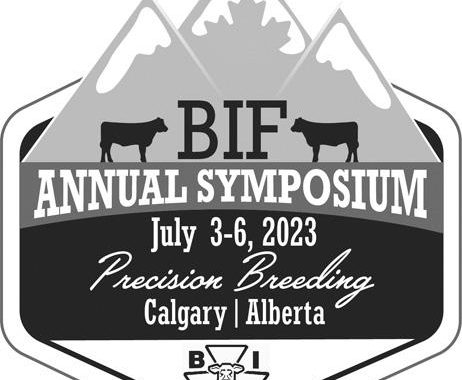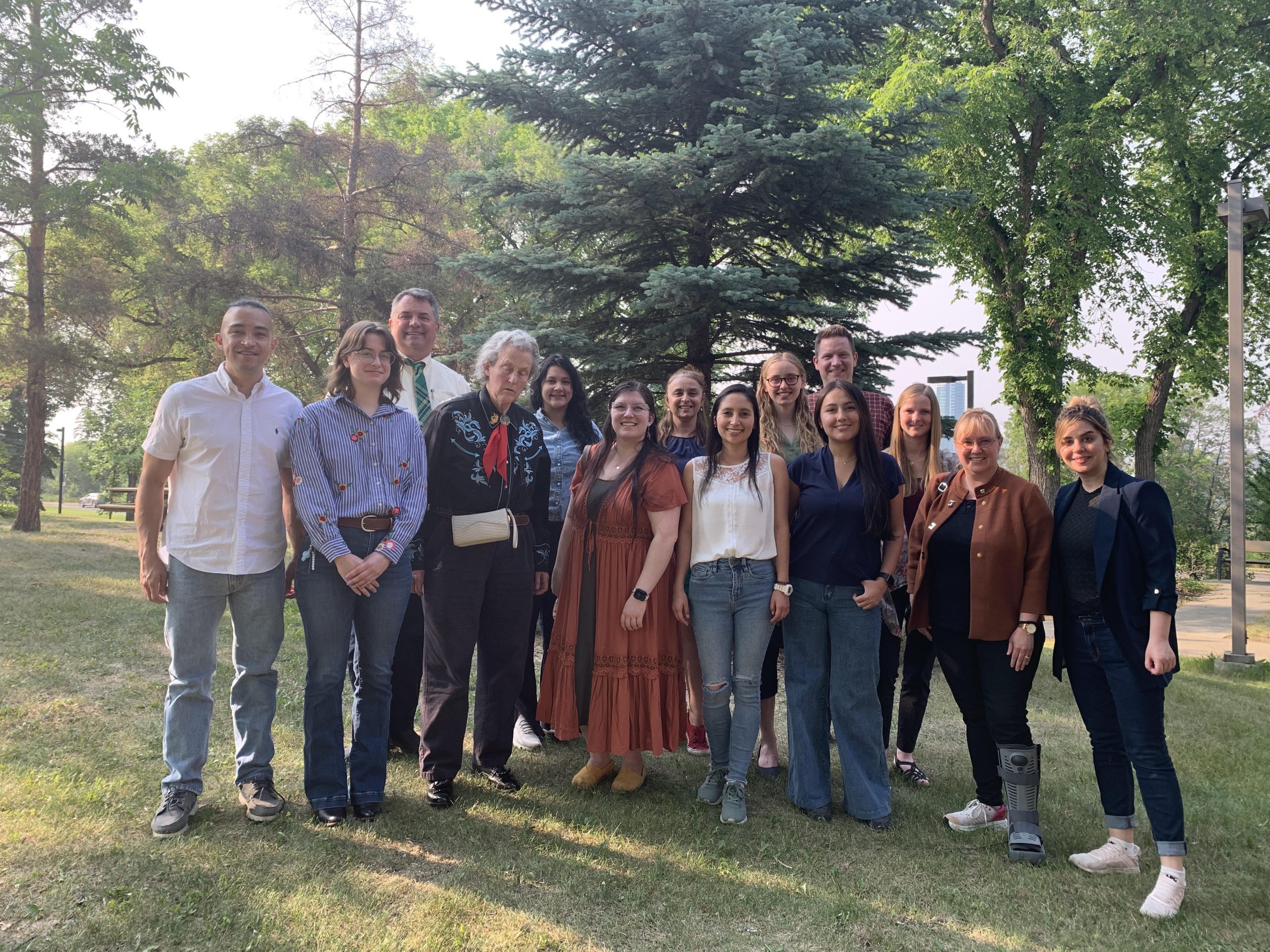This month’s At The Grill feature by William Torres (storyteller, empathetic connector and resonate catalyst) talks about how livestock genetics can benefit people and the planet.
In a world grappling with climate change, resource depletion, and growing food demand, the role of agriculture in achieving sustainability has become dominant. One innovative avenue in this pursuit is the utilization of cattle genetics to bolster sustainable farming practices. Cattle, as vital livestock in global agriculture, offer an opportunity to enhance productivity and environmental conservation through strategic breeding and genetic selection.
Modern agriculture often faces the challenge of balancing increasing food production with limited land, water, and other resources. Cattle genetics provide a solution by enabling the development of breeds that exhibit improved feed efficiency, reduced methane emissions, and adaptability to various climatic conditions. Precision breeding techniques, such as marker-assisted selection and genomic selection (e.g., see Gentec tools here), allow breeders to identify and amplify desirable traits while minimizing undesirable ones. By focusing on traits like growth rate, feed conversion efficiency, and disease resistance, breeders can develop cattle that require less feed and produce fewer greenhouse gas emissions per unit of meat or milk produced.
Cattle farming often faces scrutiny due to its contribution to methane emissions, a potent greenhouse gas. However, advancements in genetics can help mitigate this impact. Researchers are now identifying genetic markers associated with reduced methane production in cattle. By selecting and breeding animals with these markers, farmers can lower the carbon footprint of their herds. Moreover, breeding for disease resistance and overall health can reduce the need for antibiotics and other medications, minimizing the environmental impact of pharmaceutical use in livestock production.
The quest to increase productivity has resulted in a few dominant cattle breeds, which raises concerns about the loss of genetic diversity in the livestock population. This genetic homogeneity can leave the industry vulnerable to disease outbreaks and changing environmental conditions. By embracing cattle genetics for sustainability, we can reverse this trend. By supporting and promoting the breeding of indigenous or heritage cattle breeds adapted to local environments, we can maintain a broader genetic base that enhances resilience and promotes biodiversity in the agricultural landscape.
Cattle genetics can also be a powerful tool for small-scale farmers in developing regions. These farmers often lack access to the latest agricultural technologies, hindering their ability to increase productivity sustainably. Raising genetically-improved cattle breeds that are better suited to their local conditions can uplift their livelihoods. These improved breeds can provide better milk and meat yields, increased drought tolerance, and disease resistance, helping small-scale farmers adapt to changing environmental and economic pressures.
While the potential benefits of utilizing cattle genetics for sustainability are promising, there are challenges and ethical considerations to navigate. Striking the right balance between genetic enhancement and preserving the animal’s welfare is crucial. Additionally, the accessibility of these technologies to small-scale farmers, intellectual property concerns, and potential unintended consequences need to be addressed.
In a world where the demands of a growing population intersect with the imperative to protect the planet, innovative solutions are essential. The strategic utilization of cattle genetics holds immense promise in achieving sustainable agriculture. By selecting for resource-efficient traits, reducing environmental impacts, preserving genetic diversity, and empowering small-scale farmers, we can steer the course of livestock production towards a more sustainable future. As researchers, farmers, and policymakers collaborate to harness the power of cattle genetics, we can build an agricultural landscape that nourishes both people and the planet for generations to come.






